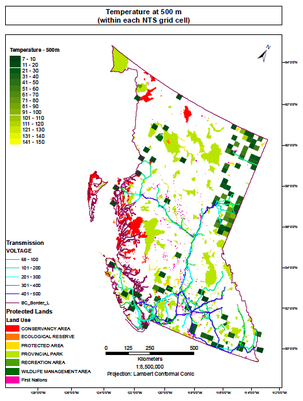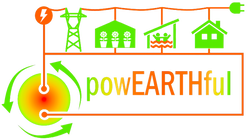Harvey Barrison, CC BY-SA 2.0, via Wikimedia Commons
|
This web portal has been established to host a publicly accessible Canadian National Geothermal Database (CNGD). This platform responds to one of the industry's barriers to geothermal energy development and deployment: the difficulty in accessing and integrating technical data in a digital format.
The purpose of the project is to provide publicly available maps, databases, protocols, and tools which may be used as a resource and/or investment tool for assessing and exploiting geothermal resources in Canada. There are currently databases/maps for 4 provinces/territories: Alberta, British Columbia, Yukon, and Nunavut.
The database was established and is hosted by CanGEA. Data sources include historical data and existing geothermal resource assessment data already compiled by universities, research organizations, as well as private and publically funded geothermal exploration projects. Data sources include historical data and existing geothermal resource assessment data already compiled by universities, research organizations, as well as private and publically funded geothermal exploration projects. The Canadian version of the Protocol's methods and data sources for estimating geothermal resources is public and available following a detailed review from ‘Qualified’ individuals from the Australian Protocol development team, along with authors of the Canadian Geothermal Code for Public Reporting. Anticipating any future changes and/or advancements in geothermal technology, the Canadian version of the Protocol will also serve as a ‘living document’ and will remain open to continuous review.
|
Distinct from other geothermal resource maps developed in Canada, the maps follow international guidelines already adopted in the U.S., Australia, South Korea, Spain, and Europe and have been adapted for compliance with the
Presented to the public in a universal mapping platform and centralized national geothermal database, the project deliverables also provide a means to share, collaborate or update data necessary for making informed business decisions.


